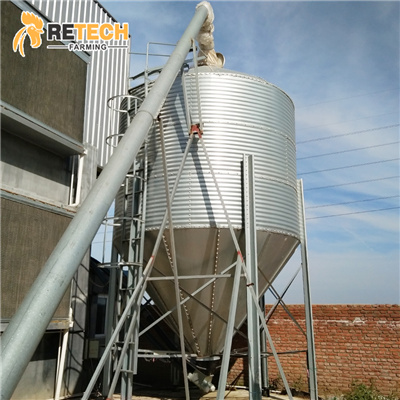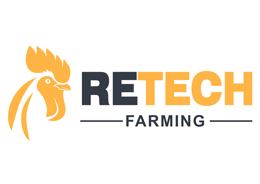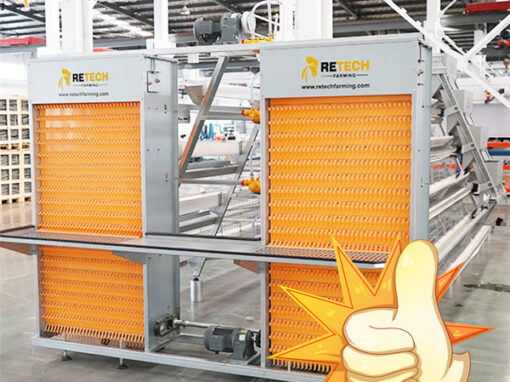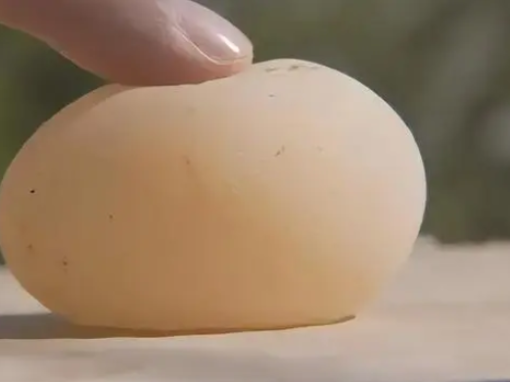As a large-scale laying hens farm, the breeding and management of laying hens house from the young chicken stage to the peak egg-laying period is crucial to the benefits of the entire breeding cycle. During this stage, laying hens undergo an important transition from growth to maturity. Reasonable breeding and management are not only related to the growth and development of laying hens, but also directly affect the egg production rate and egg quality during the peak egg-laying period.

Key points of chicken raising management
- Feeding environment management
From young chickens to the peak egg-laying period, laying hens gradually increase their requirements for the feeding environment. First of all, ensure that the chicken house is spacious and well ventilated, the temperature in the house is controlled within the appropriate range (generally 20℃~25℃), and the humidity is maintained at around 60%. In addition, the chicken house should be cleaned and disinfected regularly to reduce the breeding of viruses and bacteria and create a clean and hygienic growth environment for laying hens.

automatic battery layer cage
- Feed nutrition management
With the growth of laying hens and the arrival of the egg-laying cycle, the feed formula needs to be adjusted accordingly. In the young chicken stage, attention should be paid to the comprehensive supply of nutrients such as protein, vitamins, and minerals to promote their growth and development. After entering the peak egg-laying period, the content of mineral elements such as calcium and phosphorus should be increased in the feed to meet the egg-laying needs of laying hens. At the same time, ensure that the feed is fresh and clean to avoid mold and contamination.

- Health quarantine management
The health of chckens directly affects the egg production rate and egg quality. Therefore, it is necessary to strengthen the health quarantine of laying hens, vaccinate and deworm laying hens regularly, and improve the immunity and disease resistance of laying hens. At the same time, pay close attention to the growth of laying hens, and deal with abnormal conditions in time to prevent the occurrence and spread of diseases.
- Light management
Light is one of the important factors affecting the egg production of layers. Before laying hens enter the peak egg-laying period, the light time should be gradually increased to promote the development and maturation of the gonads of laying hens. Generally speaking, the light time during the peak egg-laying period should reach 15 to 16 hours a day. At the same time, pay attention to the control of light intensity to avoid excessive or weak light from having adverse effects on laying hens.

- Egg production management of laying hens
During the peak egg production period of laying hens, egg production management should be strengthened to ensure that laying hens can lay eggs normally. First of all, keep the chicken house quiet and stable to avoid external factors interfering with egg production of laying hens. Secondly, we should regularly check the egg-laying situation of laying hens and deal with any abnormalities in time. In addition, we should pay attention to the collection and processing of eggs to ensure the hygiene and quality of eggs.
The management of laying hens house requires more daily observation and more records. Especially the management focus mentioned above.
Common problems and solutions for laying hen farming
1. Weight failure
The weight failure of young chickens is one of the important factors affecting the egg-laying rate during the peak period of egg-laying.
The solution strategy includes: optimizing feed formula, increasing feeding amount, strengthening feeding management and other measures to promote the growth and development of laying hens.
2. Poor uniformity
Chickens with poor uniformity are prone to problems such as instability during the peak period of egg-laying and decreased egg-laying rate.
The solution strategy includes: strengthening feeding management, improving feed quality, improving feeding environment and other measures to improve the uniformity of laying hens.

battery cages
3. Inadequate disease prevention and control
Disease is one of the important factors affecting the peak period of egg-laying of laying hens.
The solution strategy includes: strengthening health quarantine work such as vaccination and deworming to improve the immunity and disease resistance of laying hens; at the same time, strengthening health management to prevent the occurrence and spread of diseases.
4. Improper light management
Improper light management will affect the egg-laying rate and egg quality of laying hens.
The solution strategy includes: adjusting the lighting time and intensity according to the growth stage and egg-laying cycle of laying hens; at the same time, keeping the chicken house quiet and stable to avoid external factors interfering with laying hens’ egg production.
The farming and management of laying hens house from young chickens to the peak egg-laying period is a complex and important process. Only by strengthening the management of the feeding environment, feed nutrition management, health quarantine management, lighting management and laying hens’ egg production management can we ensure the healthy growth of laying hens, efficient egg production and reduce the occurrence of common problems.


